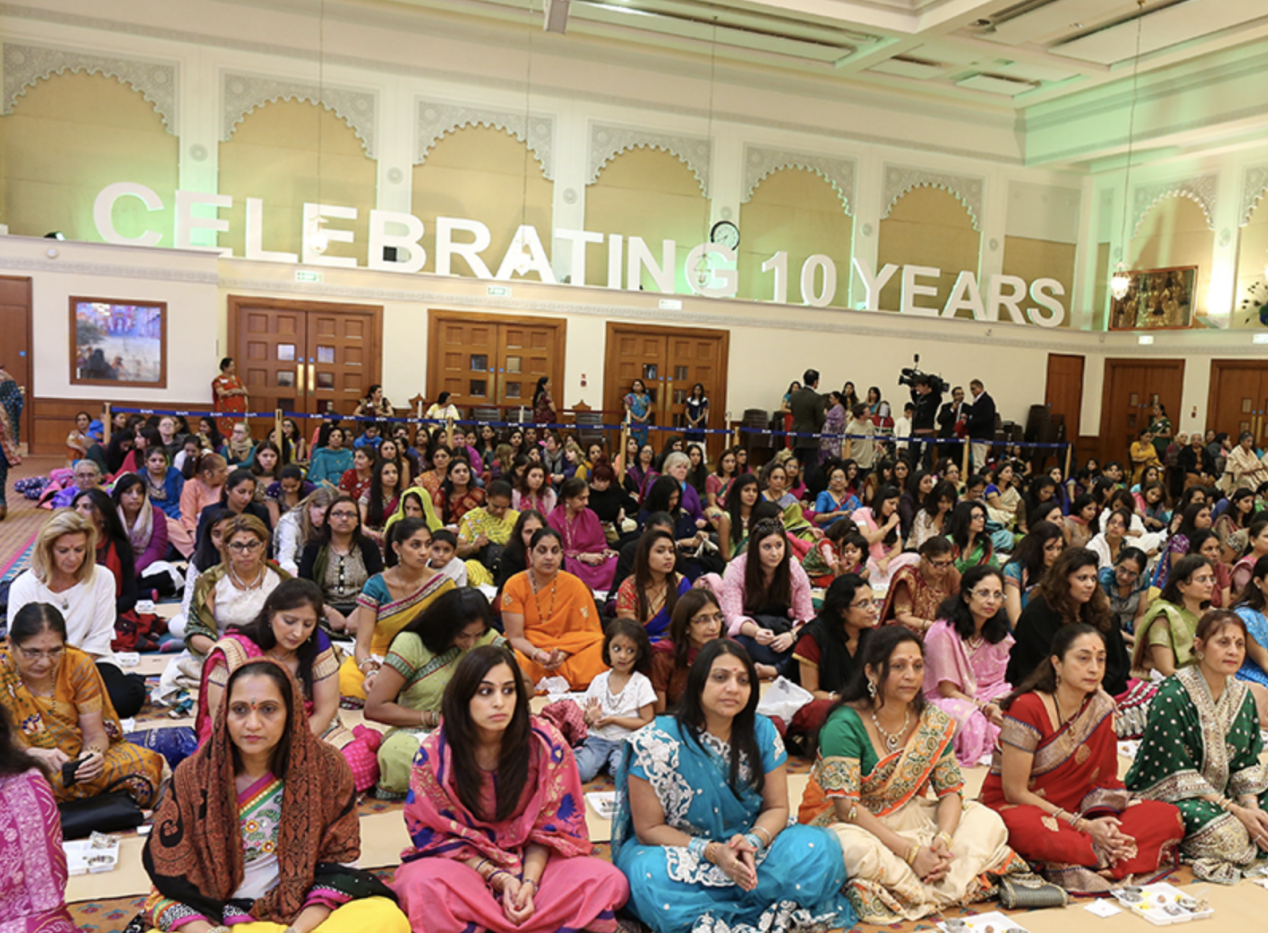
How to reach UK ethnic minorities
By Saad Al-Saraf (pictured), founder and CEO of the UK first ethnic and multicultural advertising agency, Media Reach Advertising
One of the most important weapons in the marketer’s armoury is information about their customers.
It’s an asset that many marketing departments are willing to spend thousands of pounds acquiring, to help them understand the best way of reaching potential and existing customers, and which marketing messages will be the most powerful way of communicating the benefits of whatever it is they’re selling.
Yet many of the marketers I speak to can’t tell where a typical person from an ethnic minority comes from, what languages they speak or what religious background they come from.
I’ve even met people who have admitted to me that they describe all black people as Caribbean and all people with brown skin as an Asian.
Although this bemuses me rather than offends me, I also find it a poor state of affairs given the fact that in the UK, the community of people from ethnic minorities has a disposable income in excess of £60bn.
In the greater London, with its population of more than 10m, 40 per cent come from ethnic communities and one-third of businesses are owned and run by someone from an ethnic minority.
Why does this matter to you and the way you do your job?
A wealth of reasons. People from ethnic backgrounds are aspirational and value education and status highly. They seek out careers in medicine, banking, IT and management.
They aspire to better status and to the ownership of luxury brands, cars, electronic consumables, watches, property and so forth.
Furthermore, it is a young market, with more than 50 per cent of the population aged under 25, and it is a market where people are loyal to their roots and cultural heritage, and often are religiously sensitive and culturally conscious.
Therefore, this market responds differently to generic communication messages to the mainstream audience.
But they do have their needs and desires – and £90bn to spend on them.
In today’s fragmented and increasingly turbulent markets, ethnic marketing offers a new strategic focus for product and market development.
I think companies which ignore this do so at their own competitive peril. People from ethnic minorities are already becoming immune to blanket messages that are not tailored to their sensitivities.
With the number of people from ethnic minorities living in Britain only on the rise, pretending that homogeneous marketing campaigns are still the most effective way for marketers to do their jobs is shortsighted.
For those who choose not to ignore this growing market, there is a tricky challenge – marketing to ethnic communities is not as simple as it might seem.
For the ethnic population in Britain is very diverse and different groups respond to the marketing messages they receive not only in a different way from the mainstream, but also differently from each other.
For example, among the people originating from South Asia – Indians Pakistanis and Bangladeshis – there are huge cultural disparities. There are differences in language, religion, food habits, festivals, clothing and so on.
Yet there are similarities in the way they live, where the family is the most important social unit, and with the concept of large joint families, where grandparents, parents, brothers and children all live together, instead of the Western concept of a nuclear family.
What can marketers do?
Reaching these audiences isn’t always easy. Due to the language barriers, especially for women, older generations and some newer immigrants, there is a shift away from mainstream media – which can often be irrelevant at best, and can offend culture and traditions at worst – and a reliance on ethnic media channels and community networks for information and entertainment.
This is evident from the plethora of ethnic TV stations, radio stations and print publications that have burgeoned in the last 10 years in Britain.
It’s not enough just to run your ad campaigns in the ethnic media though – cultural decoding and language translation are not the same thing.
Instead, stop seeing ethnic marketing as a box to be checked, and start paying attention to targeting our communities properly. Forget about tokenistic gestures: start thinking ethnic and don’t simply translate.
The basic rule is to understand a diverse, multicultural audience, and address their needs.
But above all, listen to what they want to see, what they want to view and what they want to hear, rather than imposing on them what you think they want to hear.
It might sound like an intimidating prospect, but it isn’t.
There are experts out there who can help guide marketers through the maze of ethnic media and cultural sensitivities, and who have contacts with community and religious leaders who play such an important and influential role in opinion forming and changing behaviour in communities of South Asian, Afro-Caribbean and Chinese people.
And what could have you got to lose? At best, you could be uncovering untapped customers for your company.
And all you’ve got to lose is your ignorance about the people who make up 11 per cent of the population of the country where you live.
